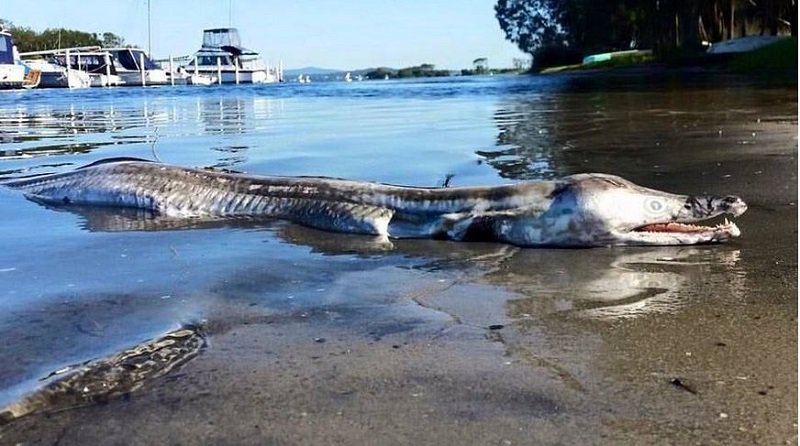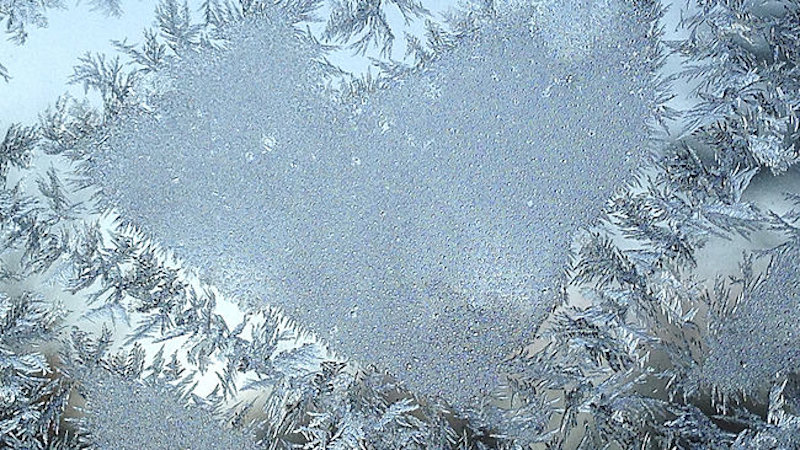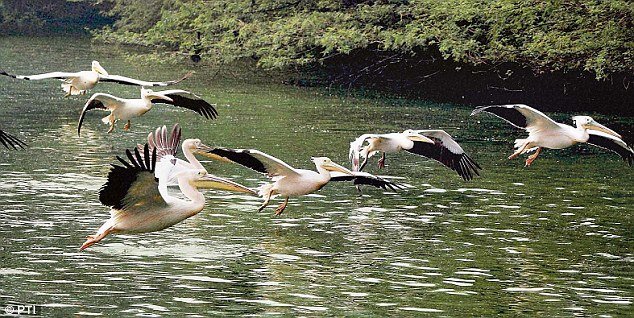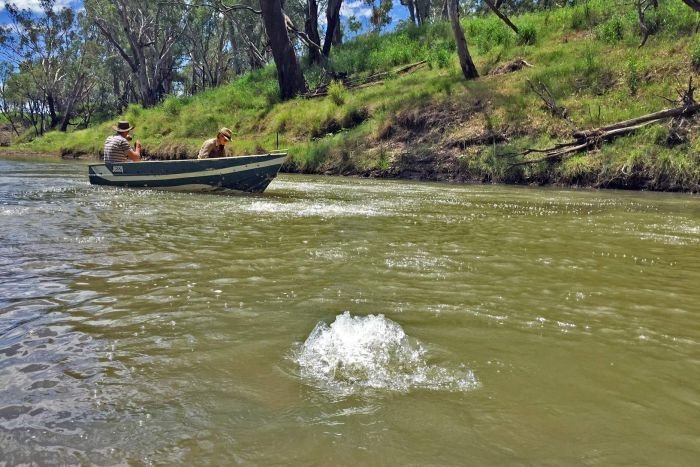
© FacebookMYSTERY: A creature apparently photographed near the Swansea boat ramp has sent ripples through social media.
Giant eel, "messed up crocodile" or unidentified lake monster?
A creature apparently photographed at Swansea has confused and slightly frightened locals since it washed up on social media on Monday.
Ethan Tippa, who posted the photo on Facebook, typified the general response.
"What the f--- is it?"
The answer, said marine biologist Julian Pepperell, is that it's a pike eel.
The angle of the photo made it difficult to judge the creature's length, but it seems
longer than the species' average maximum of 1.8 metres."I think it's definitely a pike eel. The head is very indicative of that species," Dr Pepperell said.
"It's hard from the photo to get an idea of the scale."
The nocturnal pike eel is common in NSW waters, but surprisingly little is known about it.
Dr Pepperell said the species is frequently caught by fishers at night who get "the fight of their lives" when they reel in a powerful, thrashing predator with a nasty bite.




